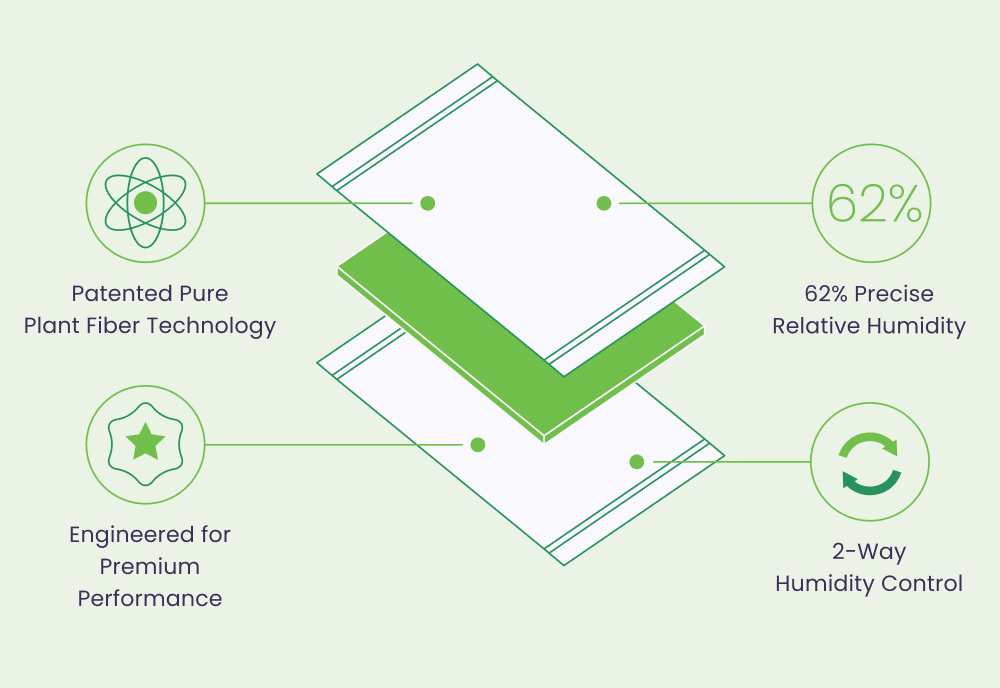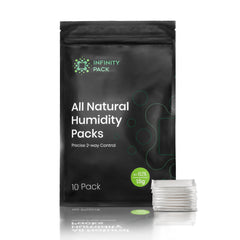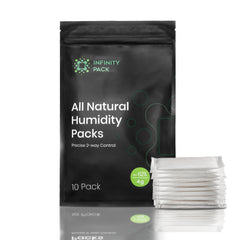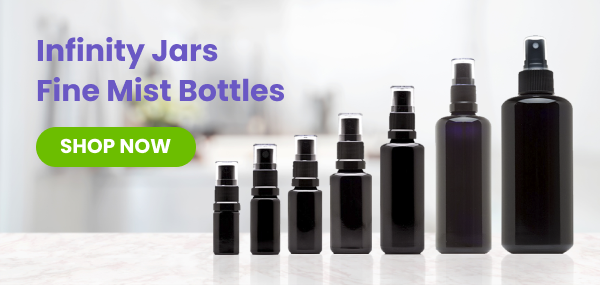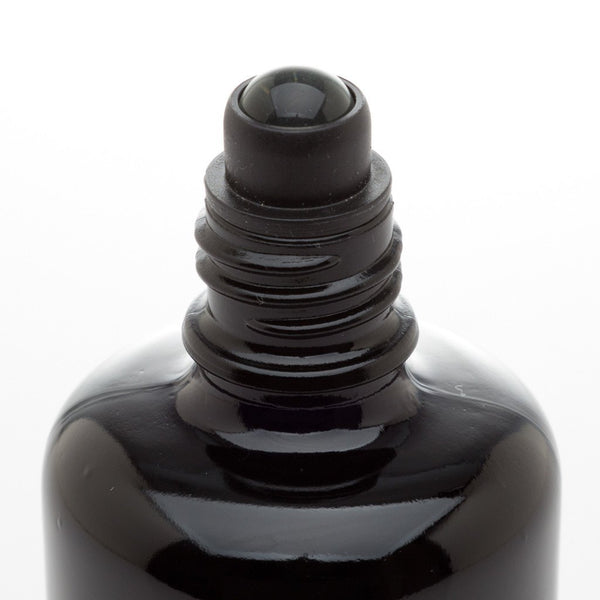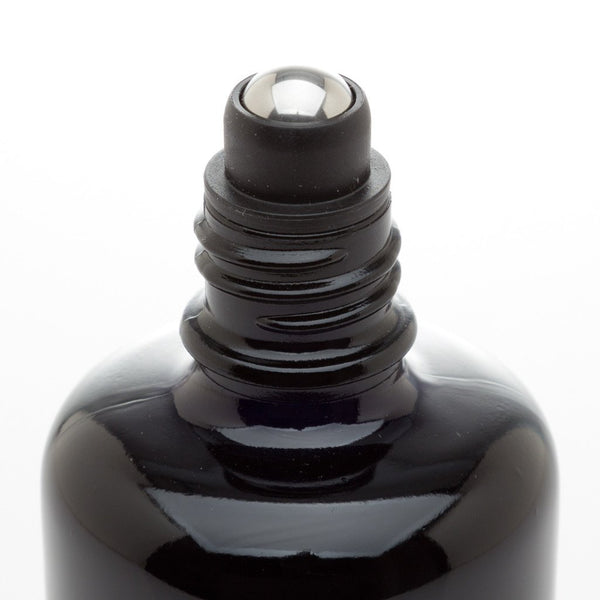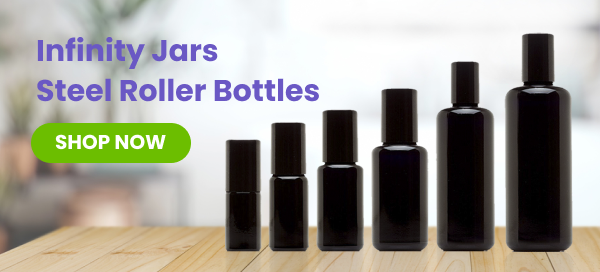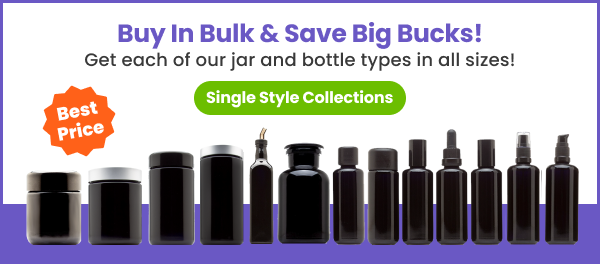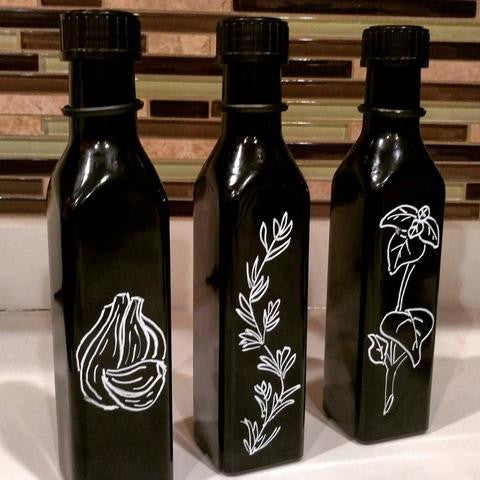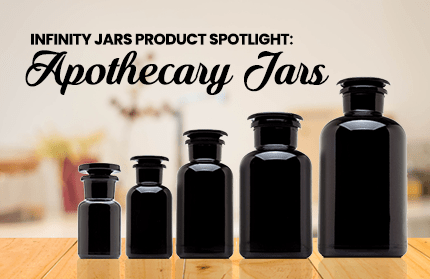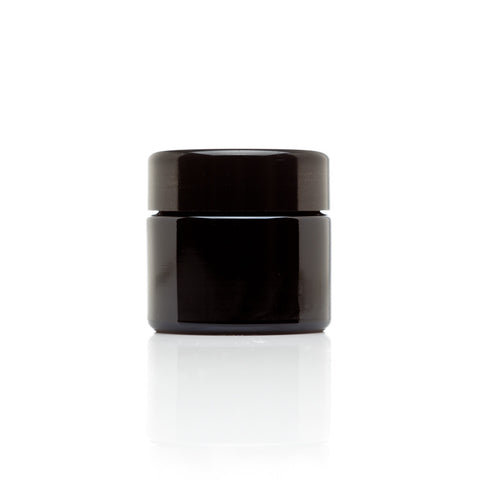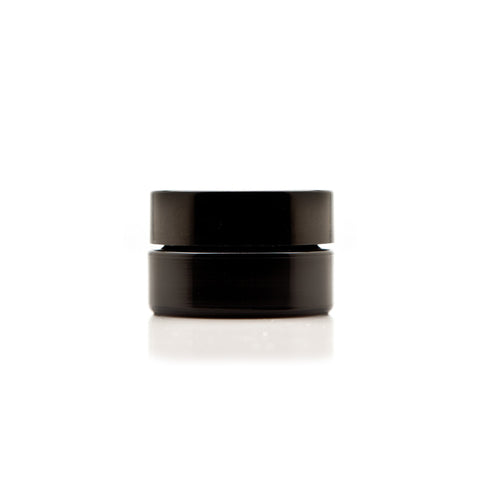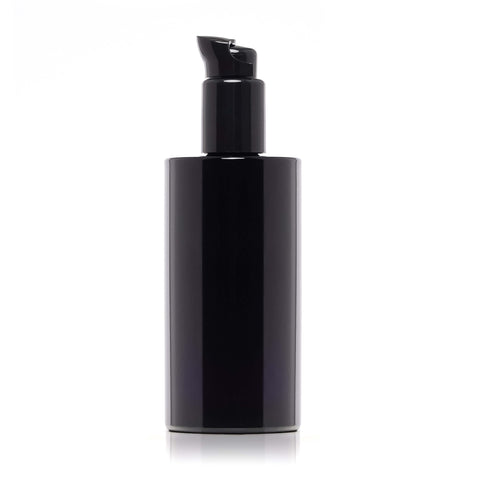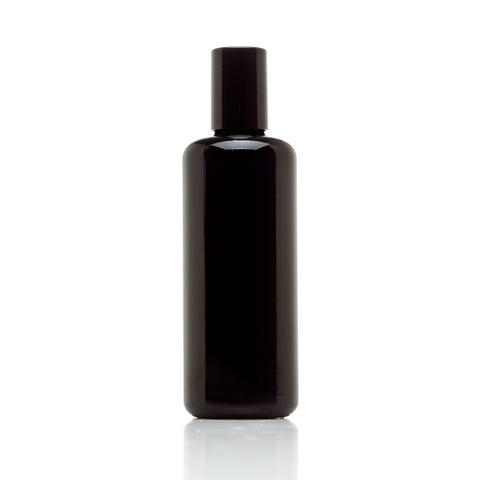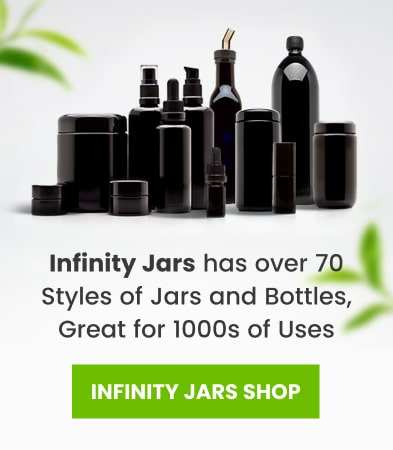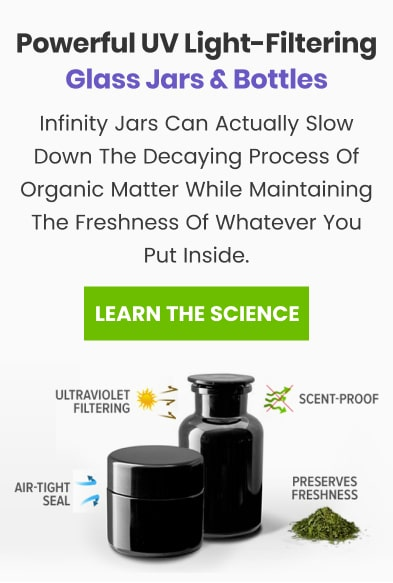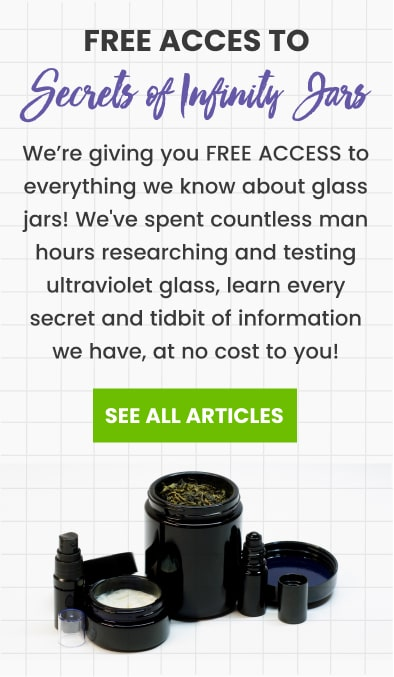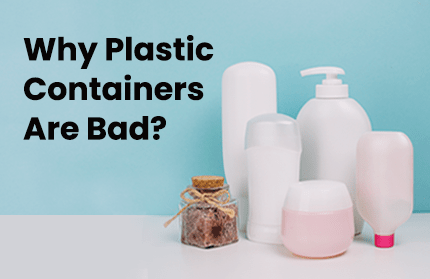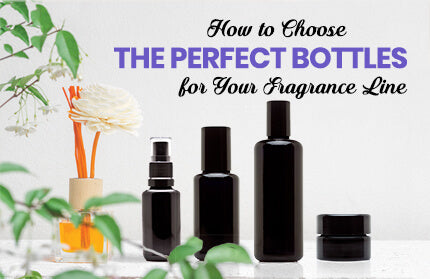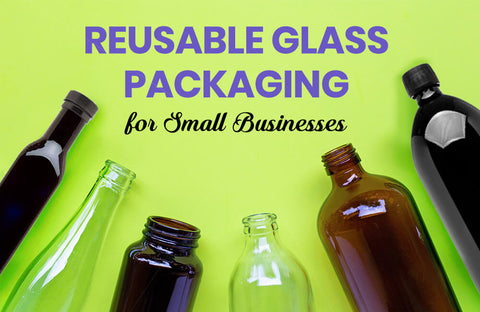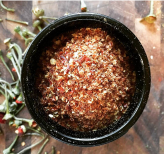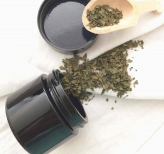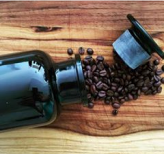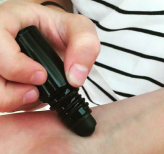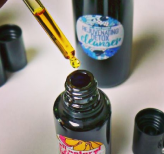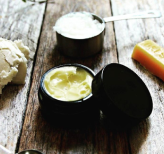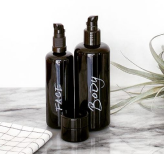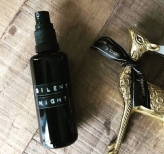
Cologne Bottles: How to Choose the Perfect Bottles for Your Fragrance Line
Cologne bottles are a mainstay on the tops of various bureaus, dressers, and vanities around the world. The use of fragrances is so widespread, and actually has a long history. Perfumes and fragrances were developed in ancient times in Egypt, Mesopotamia, the Indus Valley, and perhaps China.
In fact, a Mesopotamian woman known as Tapputi-Belatekallim is not only considered to be the first chemist in the world, but was also a perfume maker that used a variety of ingredients to make perfumes. Archaeologists also discovered the world’s oldest known perfumes, which were found to be over 4,000 years old.
Fragrances may have changed over the millennia, but they certainly haven’t lost their place in people’s day-to-day lives. Over the years, the way these fragrances were stored has changed as well. In these modern times, however, fragrance businesses can easily have the best ultraviolet glass cologne bottles to package their creations and keep them fresh and potent.
Kinds of Fragrances
Though fragrances have been around for thousands of years, they have undoubtedly changed with the passage of time. There are different types of modern fragrances, such as colognes and perfumes.
Generally, colognes are considered to be more masculine fragrances, and are typically used by men. Perfumes, on the other hand, are considered to be more feminine and are thus typically used by women. What exactly, however, is the difference between these two types of fragrances?
In a nutshell, perfumes and colognes are actually made of the same basic ingredients. Both perfumes and colognes contain a certain concentration of perfume oils; the difference lies in the amount of perfume oils found in each type of fragrance.
So are perfumes indeed for women, and colognes for men? Technically, the answer is no. Women can use cologne if they found a scent they liked, and men can use perfume as well. However, it’s definitely worth learning a little more about the different types of fragrance that you’ll often find on the market.
Perfume/Parfum/Extrait de Parfum
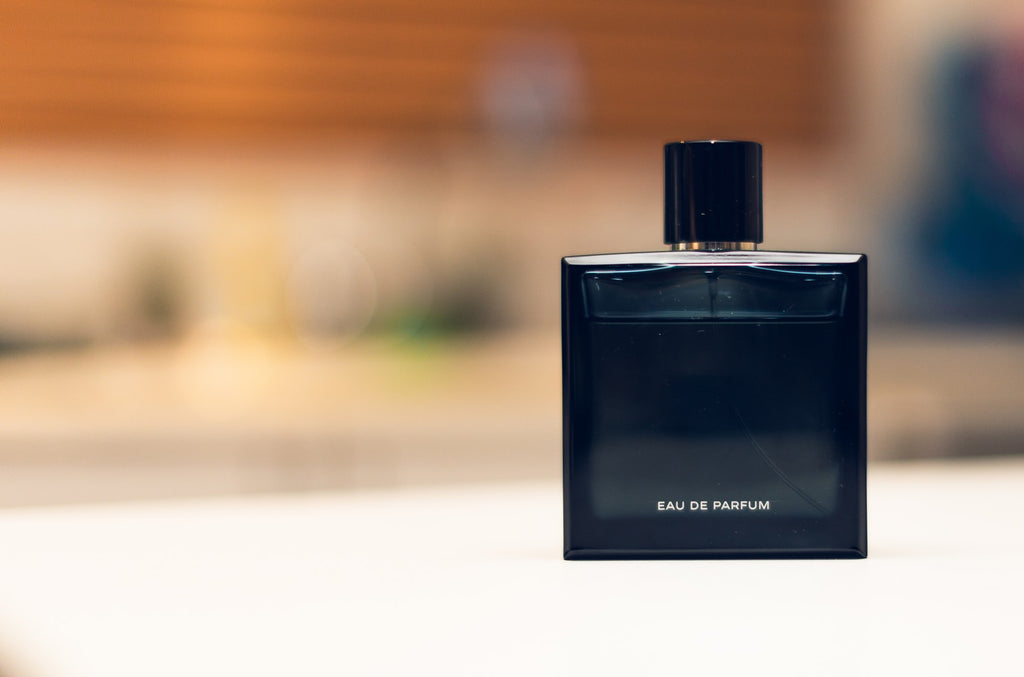
Perfume oil is an ingredient that can be found in all types of fragrances, but not in its pure form. Typically, perfume oil makes about a third at most of a bottle of perfume. 100% perfume oil is too strong and will actually be quite unpleasant, so it needs to be diluted in other ingredients, such as alcohol.
For a fragrance to be classed as perfume, it should contain about 15 to 30 percent perfume oil. Typically, perfumes have the highest concentration of perfume oil compared to the concentration present in other types of fragrances. Because of this perfumes have a strong, lingering scent that can last and remain noticeable for an entire day.
Cologne/Eau de Cologne
Where perfume contains 15 to 30 percent perfume oil, cologne actually contains only 2 to 4 percent. Thus, colognes have a much lighter concentration, and therefore a much lighter scent. This light concentration also means that the scent of the cologne will last for only a few hours.
Cologne originally hails from the city of Cologne, Germany. It was launched in 1709 by an Italian perfume maker named Giovanni Maria Farina, who had moved to Cologne from his native Italy and thus named his creation after his new city of residence. Other than its 2 to 4 percent concentration of perfume oil, cologne also characteristically contains citrus oils.
Eau de Parfum
Of course, perfume and cologne aren’t the only types of fragrance there are. With a 15 to 20 percent perfume oil concentration, eau de parfums are nearly as strong as perfumes. However, perfumes are likely to transfer to clothes, hair, pillows, and the like. Eau de parfums, meanwhile, won’t transfer to other things that the wearer might come into close contact with. Even so, eau de parfum can also stay with the wearer all day.
Eau de Toilette
Eau de toilettes have an even lower concentration of perfume oil. At 5 to 15 percent concentration, this kind of fragrance is unlikely to last as long as other fragrances with higher perfume oil concentrations. Thus, it won’t linger for an entire day and it has a lighter scent that will fade after a certain number of hours. It has a higher alcohol content and functions more as a “skin freshener” or as an aftershave.
Eau Fraiche
With just 1 to 3 percent perfume oil concentration, eau fraiche has a very light fragrance. If you see fragrances that are labeled as “mists” or “splashes,” they’re more likely to be eau fraiches than any other type of fragrance.
The perfume oil in other fragrances are also typically diluted with alcohol. Eau fraiches, however, have more water content. Because of its low perfume oil concentration, it won’t have a strong scent and it won’t last long at all.
Solid Perfume

The fragrances mentioned above are typically in liquid form, but perfume can also come in solid form. Other fragrances are a liquid mix heavy in alcohol and water, but solid perfumes use a type of melted wax mixture instead. The mixture is then poured into tins or jars, wherein it will eventually harden and solidify.
To use solid perfume, take a bit of the product and rub it onto your pressure points.
Cologne Bottle & Perfume Bottle Types
Liquid fragrances are typically stored in glass bottles. In fact, fragrances and glass vessels have gone together like jam and bread since ancient times. Thousands of years ago, when Egyptians began using glass vessels, it was often for the purpose of storing perfumes. Ancient Romans also stored their fragrances in blown glass vessels.
In more modern times, cologne bottles and perfume bottles come in different shapes, sizes, and designs, some more elaborate than others. The important thing to pay attention to, however, is the glass used to make these bottles.
As with many other cosmetic products, visible light can affect the quality of fragrances. Without protection from visible light, heat, and air, a perfume or cologne might discolor, lose its fragrance, or even begin to smell bad. Thus, good, high-quality glass cologne and perfume bottles are a must for any fragrance line that seeks to have products with a long shelf life.
There is a wide variety of fragrance vessels to choose from, but it’s best to ensure that these vessels are made of durable, European-made ultraviolet glass that can protect against the effects of visible light rays.
Spray Bottles

Perfumes, colognes, fragrance mists, and other types of liquid fragrances are often kept in spray bottles. These bottles can come in plastic, though the glass ones are generally better and more eco-friendly. Cologne bottles and perfume bottles generally come with a dispenser, which produces a spray of liquid squeezed out of the bottle.
Because spray bottles have proven to be quite useful, they’ve become somewhat ubiquitous. They can be used to spritz house plants with water, and they can also be used in cleaning and other household endeavors. Since they’re versatile and can have many uses, they’re well worth the purchase.
Advantages of Spray Bottles
Spray bottles are quite popular among perfumers, and for good reason. For one thing, spray bottles can dispense fragrances in a light cloud over a large area. This will prevent users from applying too much fragrance and will allow them to have more control over the amount of product used.
Spray bottles come in many iterations for many uses. They come in many sizes and shapes, and cologne bottle designs often vary. Some designs are simple, while others are quite elaborate.
Additionally, the way spray bottles are built allows users to easily access the product without leaving it exposed to the air, light, and heat. A spray cologne bottle design does not require the bottle to be uncapped, thus ensuring that the contents are kept safe from contamination and oxidation.
Another benefit to spray bottles is that they’re easy to use. By simply pressing down on the dispenser, you’ll be able to easily discharge the product from the bottle. You’ll have no physical contact with the product until it reaches your skin or clothes, which means that the oil, dirt, and bacteria on your skin won’t get mixed in with the product. Spray bottles thus make highly convenient and hygienic perfume or cologne bottles.
UV Glass Spray Bottles
As already mentioned, spray bottles can come in plastic or glass. If made of glass, an empty cologne bottle or perfume bottle can be reused without the possibility of cross-contamination. After all, glass is non-porous, and it’s easy to wash and clean.
Many cologne bottle designs rely on the use of clear or tinted glass, which shows the product inside the bottle. However, clear or tinted glass doesn’t do much to block out light rays that can affect the product. If you use clear glass bottles for your product, your customers will have to take care to ensure that they keep their bottles in a cool, dark place.
So will colored glass do what clear glass can’t? Yes, but there are other things to consider. Colored glass offers varying degrees of protection against light. For example, amber or brown glass can block all ultraviolet light rays, but can also be translucent enough to still let some visible light rays in. Green glass is less protective than amber glass, while blue glass also lets some visible light rays through as well.
Ultraviolet glass, however, is near-opaque and can also selectively let beneficial UV-A light rays through. Thus, UV glass spray bottles for perfumes and colognes can be highly beneficial for your business.
Roller Ball Bottles
Roller ball bottles also dispense their contents without the need for uncapping, but work differently compared to spray bottles. Spray bottle dispensers don’t need to come into direct contact with the user’s skin, but roller ball bottles do. The roller ball bottle’s dispenser consists of a plastic, glass, or metal ball that rotates so that it can dispense small amounts of the bottle’s contents. You’ll be able to easily control how much of the contents you want, but the drawback is that the contents and roller ball will have to come into direct contact with your skin.
Human skin produces natural oils that attract dirt and microbes, and we also shed dead skin cells on a regular basis. Thus, anything that comes into contact with our skin also comes into contact with oil, dirt, microbes, and dead skin cells. It’s conceivable, therefore, that when roller balls touch our skin to dispense perfume or any other material, they also push small amounts of oils, dirt, microbes, and dead skin cells back into the bottle.
The presence of all these contaminants can therefore encourage the proliferation of more harmful microbes inside the cologne bottle. UV glass roller ball bottles, however, can let in UV-A and infrared light rays, which can help stop the growth of microbes. Even so, roller ball bottles are best used for products that can be used up quickly, so there won’t be time for microbial colonies to form.
Infinity Jars offers bottles with glass roller balls as well as bottles with steel roller balls.
Of course, it’s also worth noting that because the perfumes and colognes are made largely of alcohol, the alcohol can help deal with the contamination. However, it’s still important to take extra measures to prevent contamination in your product.
Solid Perfume Jars
Solid perfumes are less common than the alcohol-based liquid perfumes and colognes, but they have actually been around for quite a long time. While liquid fragrances definitely seem to be more popular, solid perfumes can also offer a number of benefits. Of course, they have some drawbacks as well.
If you’re planning on selling solid perfumes for your business, it’s worth figuring out how to best store them. Typically, solid perfume can be stored in small tins or small glass jars. It’s best to avoid storing them in plastic tubs, because solid perfumes are quite hot when melted, which is when they’re poured into their jars. Thus, the hot material can warp plastic and even cause it to release harmful chemicals.
UV glass cosmetic jars by Infinity Jars come in different sizes, accommodating 5ml up to 200ml of volume. These jars are made of thick, durable glass that can block visible light rays as well as UV-B light rays that can speed up the degradation of biodegradable materials. They work particularly well with solid perfumes, since these perfumes are oil-based and therefore do quite well with U-A and infrared light rays.
Buying Wholesale Cologne Bottles
It’s often good business sense to purchase packaging bottles, jars, and other containers in bulk to save your business both time and money. Buying bulk can also help you build a better relationship with the supplier, which can in turn help you get better deals and discounts for future purchases.
You can buy cologne bottles wholesale from Infinity Jars. You can also ask for free quotes, and you can call customer service if you have any inquiries.
Cologne bottles, perfume bottles, perfume jars -- all and more are available in bulk on Infinity Jars.
References
- https://books.google.com.ph/books?id=Ez7DCJM57esC&printsec=frontcover&dq=isbn+9780253208132&redir_esc=y&hl=en#v=onepage&q=tapputi&f=false
- https://web.archive.org/web/20131012103328/http://news.nationalgeographic.com/news/pf/4419999.html
- https://www.nytimes.com/2018/07/12/smarter-living/differences-perfume-cologne-fragrance.html
- https://www.huffpost.com/entry/solid-perfume_n_6556612



